All About Animals -> reproduce
Reproduction in Living Organisms
Reproduction is the biological process by which living organisms produce offspring or new individuals of the same species. It is essential for the continuation of life and the survival of species.
Types of Reproduction
There are two main types of reproduction: asexual reproduction and sexual reproduction.
Asexual Reproduction
Asexual reproduction involves a single parent and produces offspring that are genetically identical to the parent. This type of reproduction occurs in many single-celled organisms and some multicellular organisms. Examples of asexual reproduction include binary fission in bacteria, budding in yeast, and regeneration in starfish.
Sexual Reproduction
Sexual reproduction involves the fusion of male and female gametes (sex cells) to produce offspring that are genetically diverse. This type of reproduction occurs in most plants and animals. The male gametes are usually produced by the male reproductive organs, and the female gametes are produced by the female reproductive organs.
Importance of Reproduction
Reproduction is important for the following reasons:
- Continuation of the Species: Reproduction ensures the survival of a species by producing new individuals.
- Genetic Variation: Sexual reproduction leads to genetic diversity, which is important for the adaptation and evolution of a species.
- Replacement of Dead or Injured Organisms: Reproduction helps maintain the population of a species by replacing individuals that die or get injured.
Study Guide
When studying reproduction in living organisms, consider the following key points:
- Understand the difference between asexual and sexual reproduction.
- Learn about the various methods of asexual reproduction, such as binary fission, budding, and regeneration.
- Explore the process of sexual reproduction, including the formation of gametes and the stages of fertilization.
- Discuss the importance of reproduction for the survival and evolution of species.
- Examine specific examples of reproduction in different organisms, such as plants, animals, and microorganisms.
By understanding the mechanisms and significance of reproduction, you will gain a deeper insight into the fundamental process that ensures the continuity of life on Earth.
[Reproduce] Related Worksheets and Study Guides:
.◂Science Worksheets and Study Guides Kindergarten. All About Animals

 Coloring Worksheet
Coloring Worksheet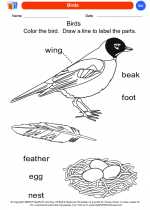
 Coloring Worksheet
Coloring Worksheet
 Coloring Worksheet
Coloring Worksheet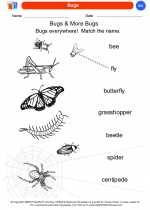
 Coloring Worksheet
Coloring Worksheet
 Coloring Worksheet
Coloring Worksheet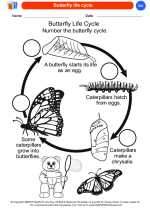
 Coloring Worksheet
Coloring Worksheet
 Coloring Worksheet
Coloring Worksheet
 Coloring Worksheet
Coloring Worksheet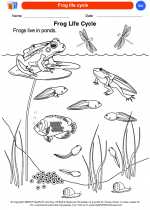
 Coloring Worksheet
Coloring Worksheet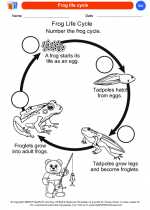
 Coloring Worksheet
Coloring Worksheet
 Coloring Worksheet
Coloring Worksheet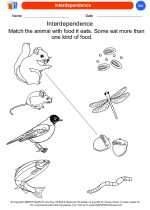
 Coloring Worksheet
Coloring Worksheet
 Coloring Worksheet
Coloring Worksheet
 Coloring Worksheet
Coloring Worksheet
 Coloring Worksheet
Coloring Worksheet
 Coloring Worksheet
Coloring Worksheet
 Coloring Worksheet
Coloring Worksheet
